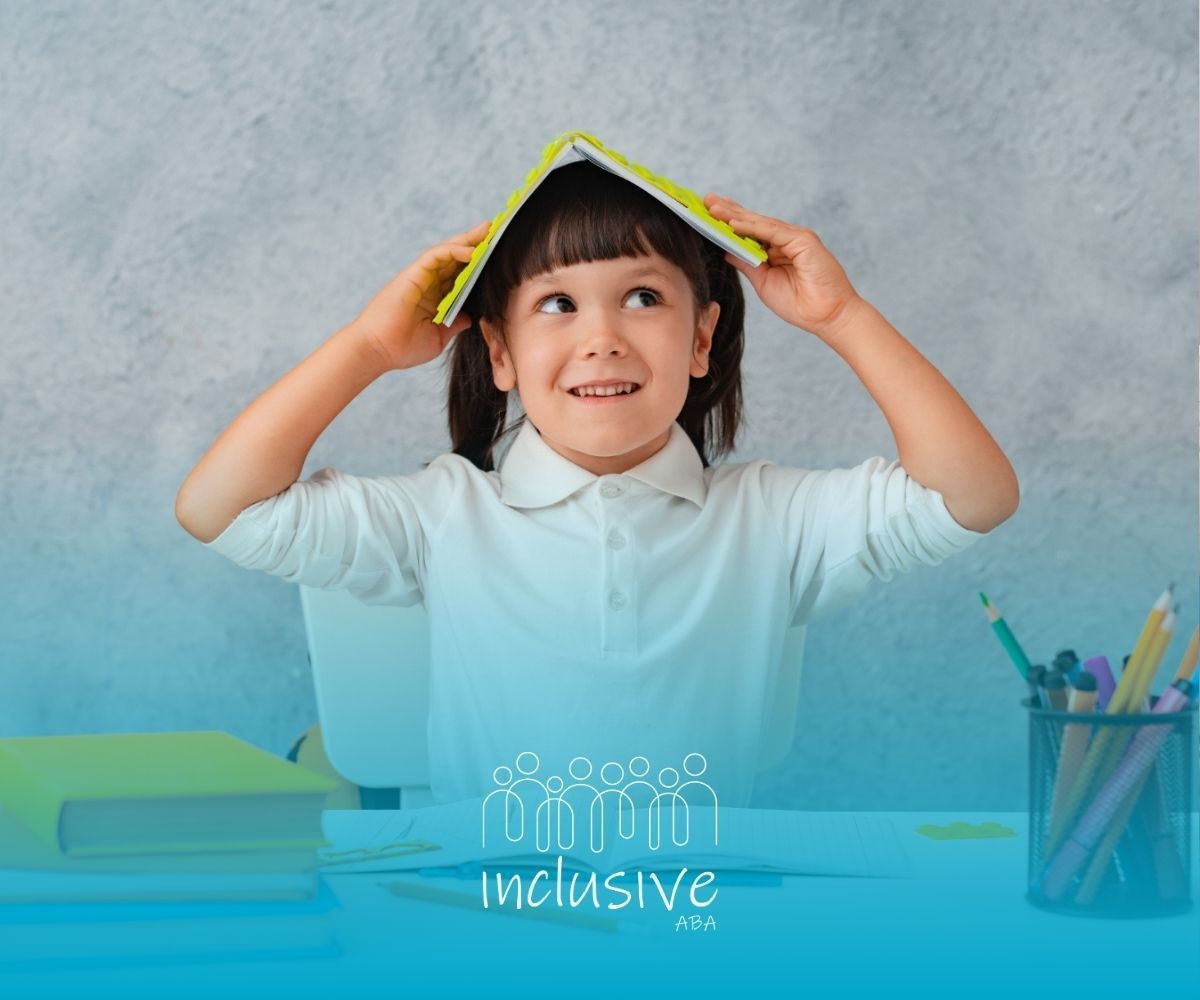High-Functioning Autism Parenting Tips for Nurturing Growth and Confidence
This is a subtitle for your new post
Parenting a child with high-functioning autism comes with both unique challenges and incredible rewards. Many children on this part of the autism spectrum possess strong intellectual abilities and deep interests, but they may struggle with social skills, sensory sensitivities, and emotional regulation. As a parent, it can be difficult to know how much support to provide without limiting their independence.
Finding this balance is crucial. Too much support can lead to dependence, while too little may leave them feeling overwhelmed or unsupported. The goal is to help them navigate the world confidently while equipping them with the tools to become as independent as possible.
Lucas (alias for privacy reasons), an 11-year-old with high-functioning autism, had an exceptional memory for facts and loved talking about astronomy. However, his difficulty with reading social cues made school interactions challenging. He often monologued about space without realizing when others lost interest, and his parents worried about his ability to make friends.
At Inclusive ABA, we introduced social stories, role-playing exercises, and structured peer interactions to help Lucas understand conversation dynamics. Over time, he learned to ask questions, take turns in discussions, and recognize when to change topics—skills that helped him form lasting friendships.
Understanding High-Functioning Autism
High-functioning autism is not a formal diagnosis but rather a term used to describe individuals on the autism spectrum who have average or above-average intelligence and strong verbal skills. However, despite these strengths, they often face challenges such as:
- Social communication difficulties (e.g., understanding sarcasm, taking turns in conversations)
- Sensory sensitivities (e.g., being overwhelmed by loud noises, struggling with certain textures)
- Executive functioning struggles (e.g., trouble planning, organizing, or completing tasks independently)
- Emotional regulation challenges (e.g., difficulty managing frustration or handling unexpected changes)
These characteristics can impact a child’s ability to navigate school, friendships, and daily routines, making parental guidance essential.
How to Build a Supportive and Structured Home Environment for Autism
A predictable, well-organized home environment can significantly help children with high-functioning autism feel secure and thrive.
Establishing Consistent Routines
Children with autism thrive on routine. Predictability helps reduce anxiety and uncertainty. Parents can:
- Create a daily schedule using visual cues like picture charts or written planners.
- Use timers and reminders to help transition between activities smoothly.
- Maintain consistency in bedtime, mealtimes, and school routines to establish stability.
Designing a Sensory-Friendly Space
Many children with high-functioning autism have sensory sensitivities. A home environment that supports sensory regulation can make a big difference.
- Quiet areas with minimal noise for when they need a break.
- Soft lighting and calming colors to prevent sensory overload.
- Fidget toys, weighted blankets, or noise-canceling headphones to help with self-regulation.
Encouraging Open Communication
Helping a child identify and express their emotions is crucial for their development.
- Use emotion charts or apps that help them recognize feelings.
- Encourage self-expression through journaling, art, or talking about their day.
- Model calm communication by verbalizing emotions and demonstrating coping skills.
Balancing Support and Encouraging Independence
Supporting a child with high-functioning autism requires a delicate balance—offering assistance while fostering autonomy.
Breaking Down Complex Tasks
Independence starts with teaching daily life skills in small, manageable steps.
- Use task lists or step-by-step instructions for routines like getting dressed or making a sandwich.
- Gradually fade assistance by allowing them to complete tasks with decreasing supervision.
Teaching Problem-Solving Skills
Instead of immediately stepping in to solve issues, parents can guide their child to think through solutions.
- Ask "What do you think we should do?" instead of giving direct answers.
- Help them create a plan of action for common challenges (e.g., what to do if they forget their homework).
Encouraging Social Growth in a Comfortable Way
Socializing can be challenging but rewarding for children with high-functioning autism.
- Enroll them in structured group activities (e.g., STEM clubs, art classes) based on their interests.
- Use role-playing games to practice conversation skills and emotional responses.
- Teach the “pause and check” method, where they pause and assess a social situation before responding.
Helping Your Child Navigate School and Friendships
School life and friendships can be overwhelming for children with high-functioning autism, but supportive strategies can make these experiences smoother.
Collaborating with Teachers
Parents can work with educators to ensure their child receives the right support in the classroom.
- Develop an Individualized Education Plan (IEP) or 504 Plan for necessary accommodations.
- Advocate for sensory-friendly learning spaces to help with focus.
- Encourage a buddy system where peers provide social support.
Building Meaningful Friendships
Many children with high-functioning autism want to make friends but struggle with the nuances of social interactions.
- Encourage “interest-based” friendships—connecting with peers who share similar hobbies.
- Teach conversation starters and responses for common social situations.
- Rehearse social interactions at home to boost confidence in real-life scenarios.
Coping with Emotional Challenges
Emotional regulation is often one of the biggest hurdles for children with high-functioning autism.
Identifying Triggers
Parents can help their child recognize what causes distress—whether it's loud noises, unexpected changes, or social misunderstandings—and develop coping strategies.
Teaching Self-Regulation Techniques
- Deep breathing exercises to calm down when overwhelmed.
- A “calm-down corner” with weighted blankets and sensory toys for self-soothing.
- Using a visual emotions chart to express feelings instead of acting out.
Conclusion
Parenting a child with high-functioning autism requires a blend of patience, structure, and strategic support. By creating a predictable home environment, encouraging independence, and teaching social and emotional skills, parents can help their children navigate life with confidence.
At Inclusive ABA, we specialize in personalized ABA therapy to support children with high-functioning autism in building life skills, improving communication, and fostering independence. Our compassionate therapists work closely with families to develop individualized strategies that empower children to thrive.
Contact Inclusive ABA today to learn how we can support your child’s journey toward greater independence and success!
FAQs
How can I help my child with high-functioning autism become more independent?
Encourage small, manageable steps toward independence. Use visual schedules, step-by-step instructions, and consistent routines to help your child navigate tasks like dressing, organizing schoolwork, or preparing meals. Gradually reduce assistance as they gain confidence.
What social skills should I focus on teaching my child?
Social skills that benefit children with high-functioning autism include turn-taking in conversations, recognizing body language, understanding emotions, and handling disagreements. Role-playing, social stories, and structured group activities can be effective tools for teaching these skills.
How do I handle emotional meltdowns in my child?
Meltdowns often stem from sensory overload, frustration, or difficulty communicating emotions. Teach your child calming strategies like deep breathing, using a quiet space, or expressing feelings through words or visuals. Identifying triggers and practicing coping techniques beforehand can also help.
Sources:
- https://health.clevelandclinic.org/high-functioning-autism
- https://iidc.indiana.edu/irca/articles/tips-for-teaching-high-functioning-people-with-autism.html
- https://autism.org/average-or-high-iq-in-individuals-with-asd-may-be-higher-than-previously-estimated/
- https://www.additudemag.com/high-iq-autism-adhd-patients/?srsltid=AfmBOorRlC3WM-YHxcjIQW71Vdnpl629yb9j71oV1c7pY1sB-o9IDBxu
- https://www.appliedbehavioranalysisedu.org/is-autism-associated-with-higher-intelligence/













